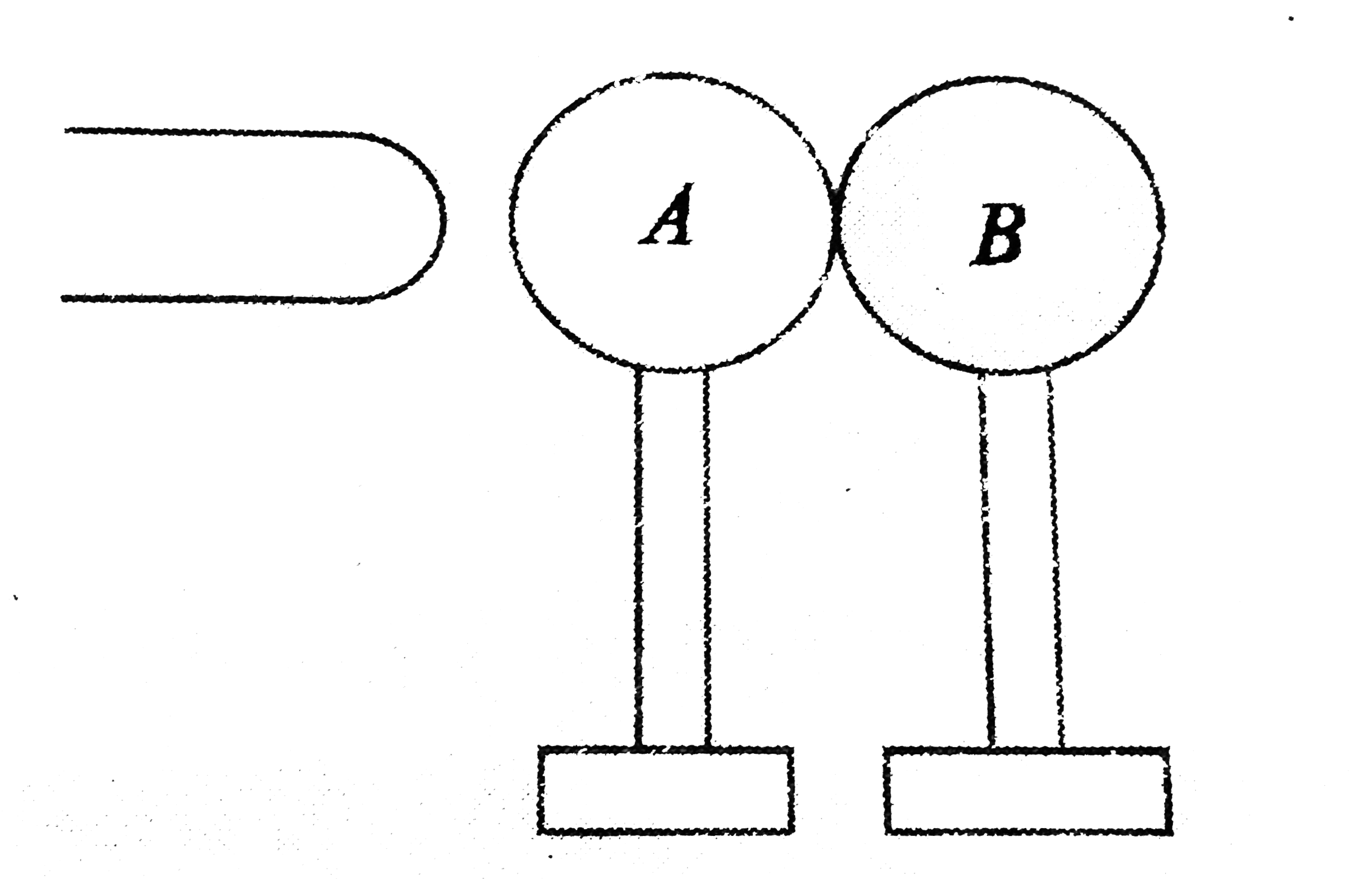A slide under microscope shows following features:
(i) Unicellularity
(ii) Well defined nucleus
(iii) Biflagellate-one flagellum lying longitudinally and the other trannsversely
what would you identify it as?
Protozoan
Bacterium
Euglenoids
Dinoflagellate
The correct Answer is:D
To identify the organism based on the features observed under the microscope, we can follow these steps:
1. Examine Unicellularity: The organism is unicellular, meaning it consists of a single cell. This is an important characteristic that helps narrow down the classification.
Hint: Remember that unicellular organisms can be either prokaryotic or eukaryotic.
2. Identify the Nucleus: The presence of a well-defined nucleus indicates that the organism is eukaryotic. Eukaryotic cells have a membrane-bound nucleus, while prokaryotic cells do not.
Hint: Consider the differences between eukaryotic and prokaryotic cells when identifying the organism.
3. Analyze Flagella: The organism is described as biflagellate, meaning it has two flagella. One flagellum is oriented longitudinally, and the other transversely. This specific arrangement is characteristic of certain groups of organisms.
Hint: Think about which types of organisms have a specific arrangement of two flagella.
4. Identify the Group: Based on the characteristics of being unicellular, having a well-defined nucleus, and being biflagellate, the organism can be identified as a dinoflagellate. Dinoflagellates are known for their unique flagella arrangement and are eukaryotic.
Hint: Recall that dinoflagellates are often found in aquatic environments and can be a type of algae.
Final Identification:
The organism observed under the microscope can be identified as a dinoflagellate.
The organism observed under the microscope can be identified as a dinoflagellate.
Topper's Solved these Questions
- BOOK - NCERT FINGERTPS ENGLISHCHAPTER - BIOLOGICAL CLASSIFICATIONEXERCISE - KINGDOM FUNGI30videos
BIOLOGICAL CLASSIFICATION
- BOOK - NCERT FINGERTPS ENGLISHCHAPTER - BIOLOGICAL CLASSIFICATIONEXERCISE - Exemplar Problems12videos
BIOLOGICAL CLASSIFICATION
- BOOK - NCERT FINGERTPS ENGLISHCHAPTER - BIOLOGICAL CLASSIFICATIONEXERCISE - Biological Classification132videos
BIOLOGICAL CLASSIFICATION
- BOOK - NCERT FINGERTPS ENGLISHCHAPTER - ANIMAL KINGDOMEXERCISE - Animal Kingdom148videos
ANIMAL KINGDOM
- BOOK - NCERT FINGERTPS ENGLISHCHAPTER - BIOMOLECULESEXERCISE - Biomolecules137videos
BIOMOLECULES
Similar Questions
A slide under microscope shows following features:
(i) Unicellularity
(ii) Well defined nucleus
(iii) Biflagellate-one flagellum lying iongitudinally and the other trannsversely
what would ou identify if as?View SolutionUse of Modern periodic table to answer the following questions:
(i) Identify an element with six electrons in the outermost shell.
(ii) Identify an element that would tend to lose one electron.
(ii) Identify an element that would tend to gain three electrons.
(iv) Identify the group having metal, non-metal, liquid as well as gas at 30∘C temperature.View Solution(a) Draw the longitudinal section of a flower showing growth of pollen tube upto the embryo sac.Label the following parts :
(i) Stigma
(ii) Pollen tube
(iii) Integument
(iv) Chalazal end
(v) Nucelllus
(vi) Synergids
(b) What is double fertilisation in Angiosperms? Why is it so called ?View SolutionFollowing table shows the points of each player scored in four games:Now answer the following questions:(i) Find the mean to determine A’s average number of points scored per game.(ii) To find the mean number of points per game for C, would you divide the totalpoints by 3 or by 4? Why?(iii) B played in all the four games. How would you find the mean?(iv) Who is the best performer?
View SolutionA coil of insulated wire is connected to a galvanometer. What would be seen if a bar magnet with its south pole towards one face of the coil is
(i) moved quickly toward it
(ii) moved quickly away from it
(iii) placed near its one face ?
These activities are then repeated with north pole of the magnet. What will be the observations?
(b) Name and define the phenomenon involved in above activities.
(c) Name the rule which can determine the direction of current in each case.View SolutionStudy the picture given below and answer the following questions :

(i) Identify the type of pollution.
(ii) Name one pollutant that causes the above pollution.
(iii) Mention the impact of this pollution on human health.
(iv) State one measure to control this pollution.
(v) What is a 'Pollutant ? Explain the term.View SolutionAnswer the following ?
(i) Under the conditions do real gases tend to show ideal gas behavior ?
(ii) What is volume and carbon of Avogadro's number of molecules at N.T.P.?
(iii) Both propane and carbon dioxide diffuse at the same rate under identical conditions of temperature and pressure. Why ?
(iv) If the number of moles of a gas are doubled by keeping the temperature and pressure constant, what will happen to the volume ?View Solution(a) Define the following terms :
(i) Ideal solution (ii) Azeotrope (iii) Osmotic pressure
(b) A solution of glucose (C6H12O6) in water is labelled as 10% by weight. What would be the molality of the solution? (Molar mass of glucose= 180 g mol−1)View SolutionThe first element of group different form its congeners, i.e. other members of the group in many ways. These differences may be
due to the following:
i. Small size of atom and ion.
ii. High electronegativity.
iii. Non-availability of low lying d-orbitals.
The first element of a group shows resemblance with the second element of the adjacent group on the right. This is known as
diagonal relationship.
On heating which of the following gives NO2 ?View SolutionFigure shows that a positively charged rod is brought near two ucharged metal spheres A and B clamped on insulated stands and palced in contact with each other.

(i) What would happen if the rod is removed before the spheres are separated?
(ii) Would the induced charges be equal in magnitude even if the spheres had different sizes or different conductors?
(iii) What will happen if the spheres are separated first and then the rod is removed far away?View Solution

